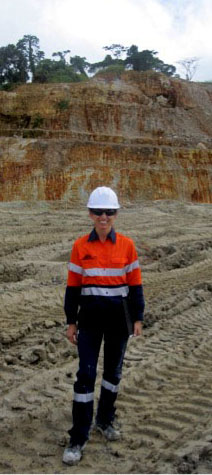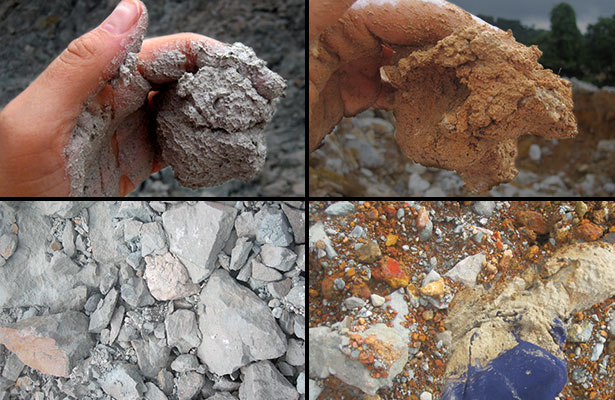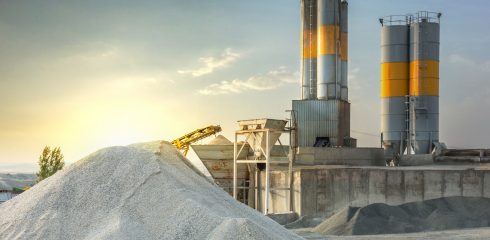
If a client has an existing problem, or is starting work on a new project, it is very important to get on-site to discuss our work.
Going on-site allows us to efficiently gather the most information about the project. If a picture speaks a thousand words, then seeing a plant and speaking to the key engineers, operators, and maintenance folks speaks an infinite amount of words. On-site we can discuss the project and cover major topics such as:
- Why is this project being considered? What is the goal?
- What problems have you had in the past – such as ratholing, arching/bridging, flooding, limited live capacity, limited discharge rate, segregation, content uniformity, etc.?
- What have you done to troubleshoot the issue(s)?
- How does the material change throughout the year due to weather conditions or its source?
- What are the consequences if the problem does not get fixed correctly?
 Being on-site allows us to work towards the root cause of the problems and the best way of doing that is speaking with the key personnel. Being able to speak to the operators who deal with the problem every day is invaluable. They deal with the material day in and day out and can best describe how they change the operation when issues start to occur, whether that is reducing the flow rate to reduce chute plugging, or using vibrators/air blasters/sledge hammers on the hopper/chute to reinitiate the flow. The maintenance personnel are the ones who last opened the piece of equipment that had the build-up on the screw or chute or hopper and can explain what they saw. If the equipment is wearing through in certain areas of a transfer chute or bin, they let us know the frequency of the repairs and how they have patched the equipment in the past. Speaking with the engineers and management helps us understand where the plant wants to go with the project.
Being on-site allows us to work towards the root cause of the problems and the best way of doing that is speaking with the key personnel. Being able to speak to the operators who deal with the problem every day is invaluable. They deal with the material day in and day out and can best describe how they change the operation when issues start to occur, whether that is reducing the flow rate to reduce chute plugging, or using vibrators/air blasters/sledge hammers on the hopper/chute to reinitiate the flow. The maintenance personnel are the ones who last opened the piece of equipment that had the build-up on the screw or chute or hopper and can explain what they saw. If the equipment is wearing through in certain areas of a transfer chute or bin, they let us know the frequency of the repairs and how they have patched the equipment in the past. Speaking with the engineers and management helps us understand where the plant wants to go with the project.
The most successful site visits are visits where the client took time to summarize the history of the problem and plan meetings with the key personnel involved.

I’m a hands-on engineer, so I like to see the equipment and feel the material (if it is safe). This has led me into some very interesting situations – one time it led me literally to the muck and the mire at a gold mine. The gold mine had very sticky ore and as I was walking around seeing the variation of material through the mine, I stepped in muck and sunk ankle deep into the mud! After significant effort, I finally was able to loosen my foot from the mud and we continued on the visit. Had I not taken the time to see the variation throughout the mine, I would not have been able to fully understand the type of material I needed to design for. This mine had every type of ore from large, hard rocks to fine, sticky, clay-like material. All this ore had to be handled through the same handling system. The hard rocks were causing excessive wear in equipment at impact points and fine, sticky material plugged bins and chutes. A reliable design for the new handling plant was achievable, but understanding the operation, existing problems, and various types of material by being on-site was key in the success of the project.
If you’d like to schedule a site visit, don’t hesitate to contact us to set up a time to speak.





